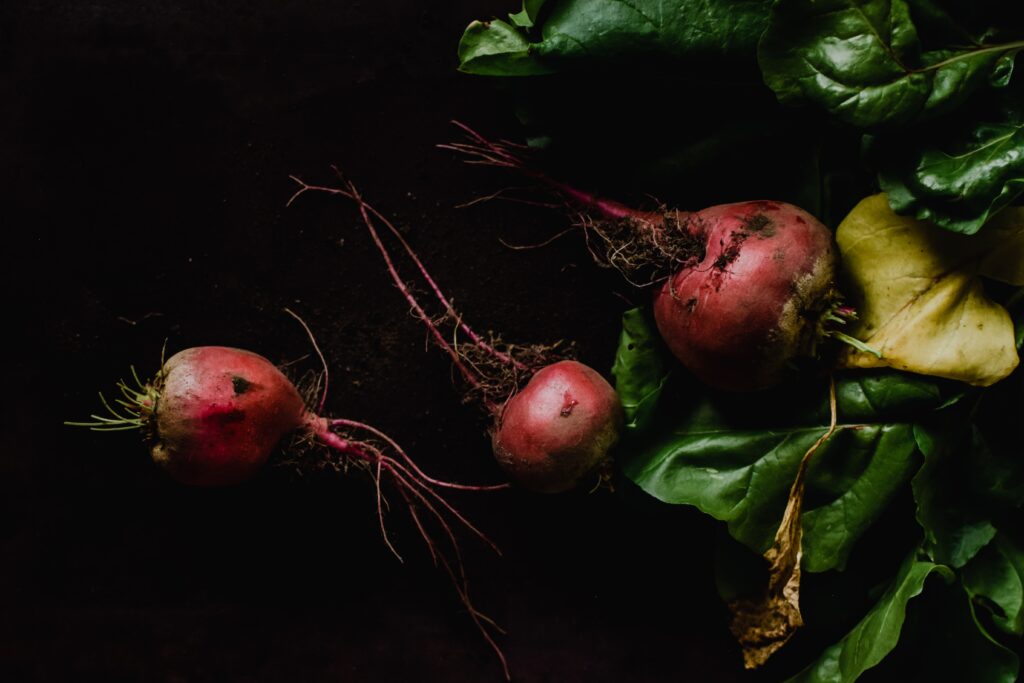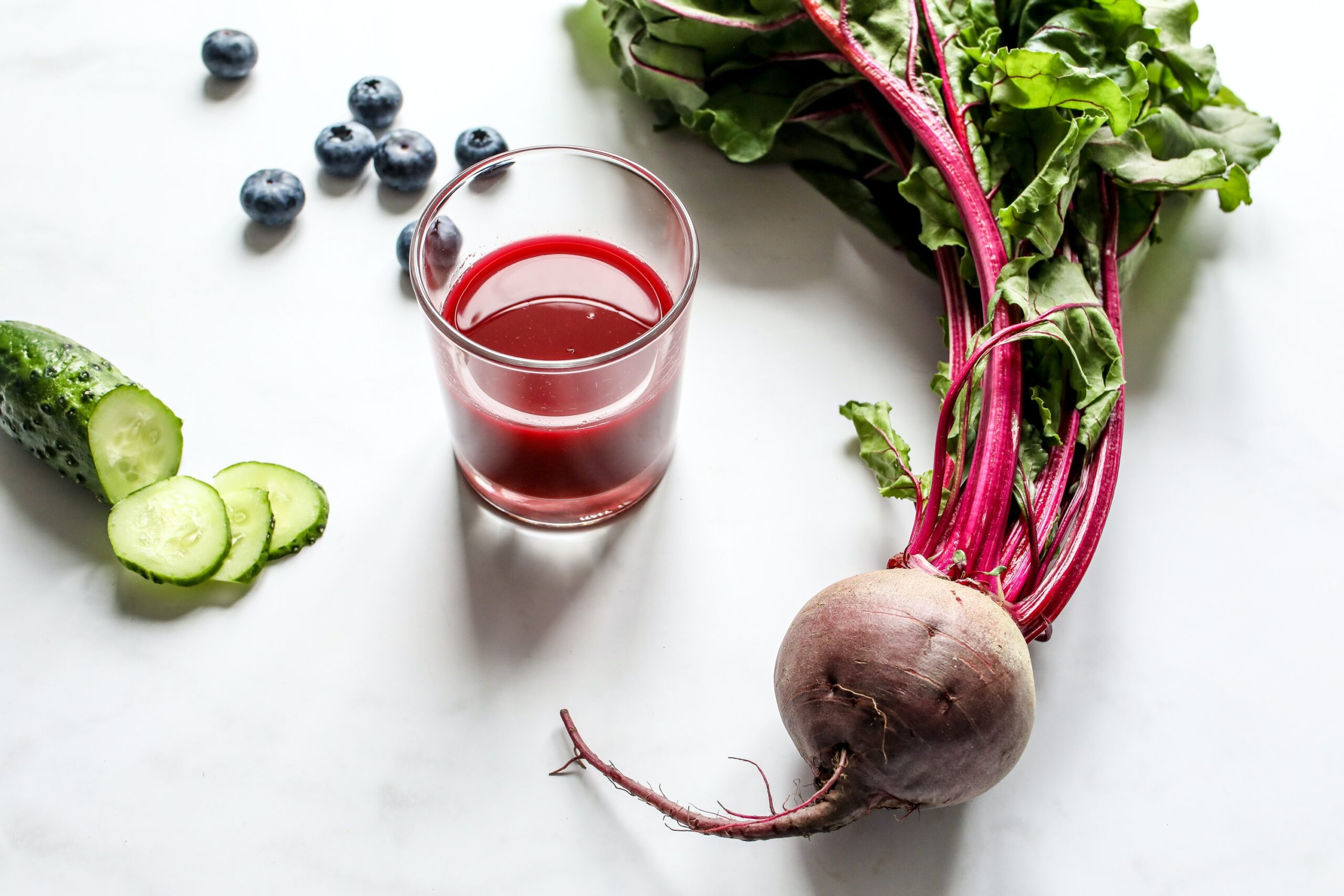Imagine the picture of beets in your brain. Very much not like the sweet and delicious root that is, your brain imaged the common beet to be chewy, crunchy, and most-without a doubt what it might flavour like to land face-first in a pile of dirt. I hadn’t even tried them, but somehow, this strange-looking dirt-blanketed root vegetable (much like a carrot, by the way) became already creeping me out.
Types of Beets to Grow

It’s time for a closer view of beets. These nutrients powerhouses are brilliant sources of nutrients and fibre. Plus, they may be very versatile, especially with regards to cooking. It’s less complicated to include them into a balanced weight loss plan than you might think, mainly with a bit know-how.
Red Beets
Red beets are possibly the most famous kind of beet. They are also called garden beets. Their deep wine shade and candy, earthy flavour lead them to an indispensable part of many culinary endeavours. When you’re trying to include more beets into your diet, red beets are a great area to start.
Golden Beets
Golden beets have a more delicate taste than red beets, and their pores and skin are so thin that you frequently don’t must peel them before cooking. Since peeling that it might be a messy as well as the time-ingesting step forward in the beet preparation, golden beets are excellent options for folks that are in a hurry to get a meal on the desk.
Candy Cane Beets
Candy cane beets, also referred to as Chioggia beets, look just like a peppermint stick. Their alternating jewellery of white pink upload the festive aptitude to any salad as well as the crudité plate, but beware! Their striations disappear while the beets cook, leaving a warm crimson wash of colour throughout.
Cylindra Beets

Cylindra beets develop into long and skinny cylindrical beets, which makes them less complicated to slice than their round cousins. It heirloom form of the beet can found at many farmer’s markets and stands, but it can be harder to music down in a grocery store.
Beet Greens
Beet greens are what people name the leafy tops of the beet plant. Many humans toss them within the garbage before making ready the beets, but those veggies are high-quality to your health. Beet greens were categorized as “nutrient powerhouses” within the article Defining Powerhouse Fruits and Vegetables: A Nutrient Density Approach, incomes a nutrient value score of 87 — one of the largest. Stuff with nutrients and fibre, beet greens are incredibly tasty while sautéed, shredded, or combined into smoothies.
Sugar Beets
Sugar beets are not grown for vegetable consumption. This beets are a few of the most significant beets you could find, with diameters of 6 inches or more!
How to Cook Beets On Stove
Now which you recognize that beets are not simplest tasty, however, a clean punch too, let’s find out how to prepare them along with this step-through-step guide.
1. Boiling
Boiling tenderizes the beets by way of submerging the vegetable in warm water and cook dinner until tender. You can also note that for crimson beets the shade leaks into the cooking liquid. Some methods advise keeping at least 2 inches of the stem intact and including vinegar to the water to prevent this from occurring. I attempted doing both, and although I did not see it stopping colour seepage, it decreases. Cooking the beets with the cover is the only manner to reduce the lack of pigment. This approach takes approximately 30 minutes, depending on the size.
2. Steaming
Steaming includes heating the water in a closed vessel until it turns into superheated vapour. The excessive temperature of 100 °C (212 °F) and pressure inside the pot permit the beets to cook with ease the use of minimal water. I like this method because the nutrients live in the vegetable, and no longer get lost in the sea. Do no longer allow the water to touch the steamer basket because you need the steam for you to circulate below and across the beets. After all, it cooks. The beets should cook till tender, and the skin effortlessly releases from the peel, approximately 30 minutes relying on the size.
Also Read: Source of Healthy Fat & what are they?
Fastest Way to Cook Beets
3. Whole Roasting Beets
The entire roast method entails coating the surface of the beets with olive oil, salt, and pepper, then wrapping them in foil pouches. This technique permits you to infuse extra flavours on the floor and creates additional vibrant taste characteristics. This approach takes about forty to 60 minutes at an excessive temperature of 204°C (400°F) and requires greater peeking and checking of the beets to test for doneness.
4. Cut and Roast
If you’re seeking out a faster roasting method that provides the most taste, peeling, and cutting the beets into half of to 3/4-inch wedges is the way to go. The excessive temperatures inside the oven at 204°C (400°F) encourages Maillard browning, developing deeper flavours for each slice. Unless you are cooking crimson and yellow beets, as has been demonstrated above, I would want to phase off the veggies with aluminium foil as a divider on the baking sheet. Because the beets are peel, the crimson beets will lose some of its juice as it cooks; the foil partition will save you the opposite veggies from staining. This technique takes approximately 25 to 30 minutes.
Also Read: What can you do to Avert childhood obesity?
Takeaway
Like full culmination and vegetables, a satisfactory manner to maximize the health advantages of beet is to both eat them uncooked or blended into juice. Beet have lots of antioxidants that reduce the adverse effects that unfastened radicals have on the body, in addition to Vitamin C and carotenoids, which offer them their infamous lush colouration. While every colour of beet contains these useful nutrients and minerals, the more productive and deeper the shade, the extra anthocyanin (an important antioxidant) they have.




